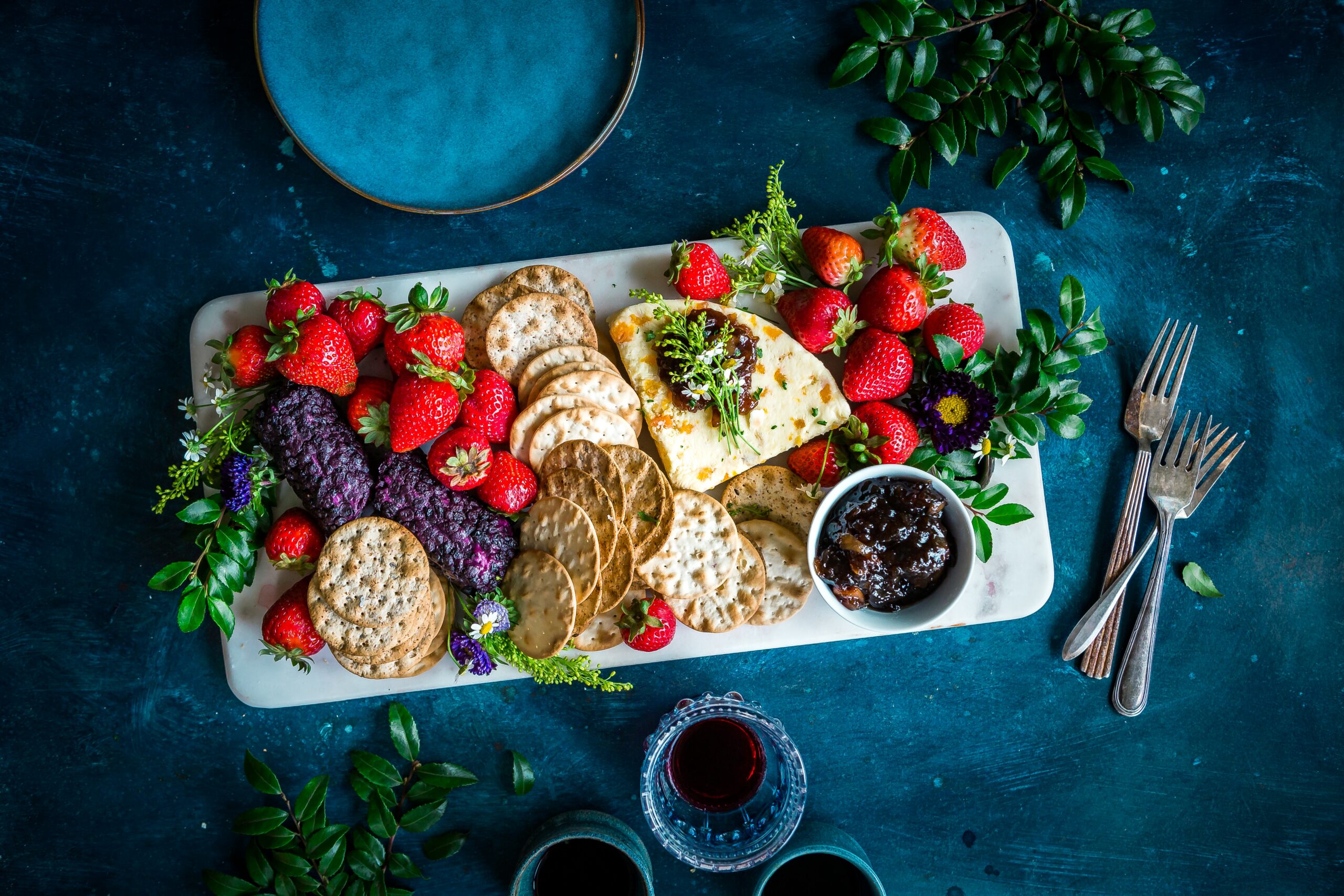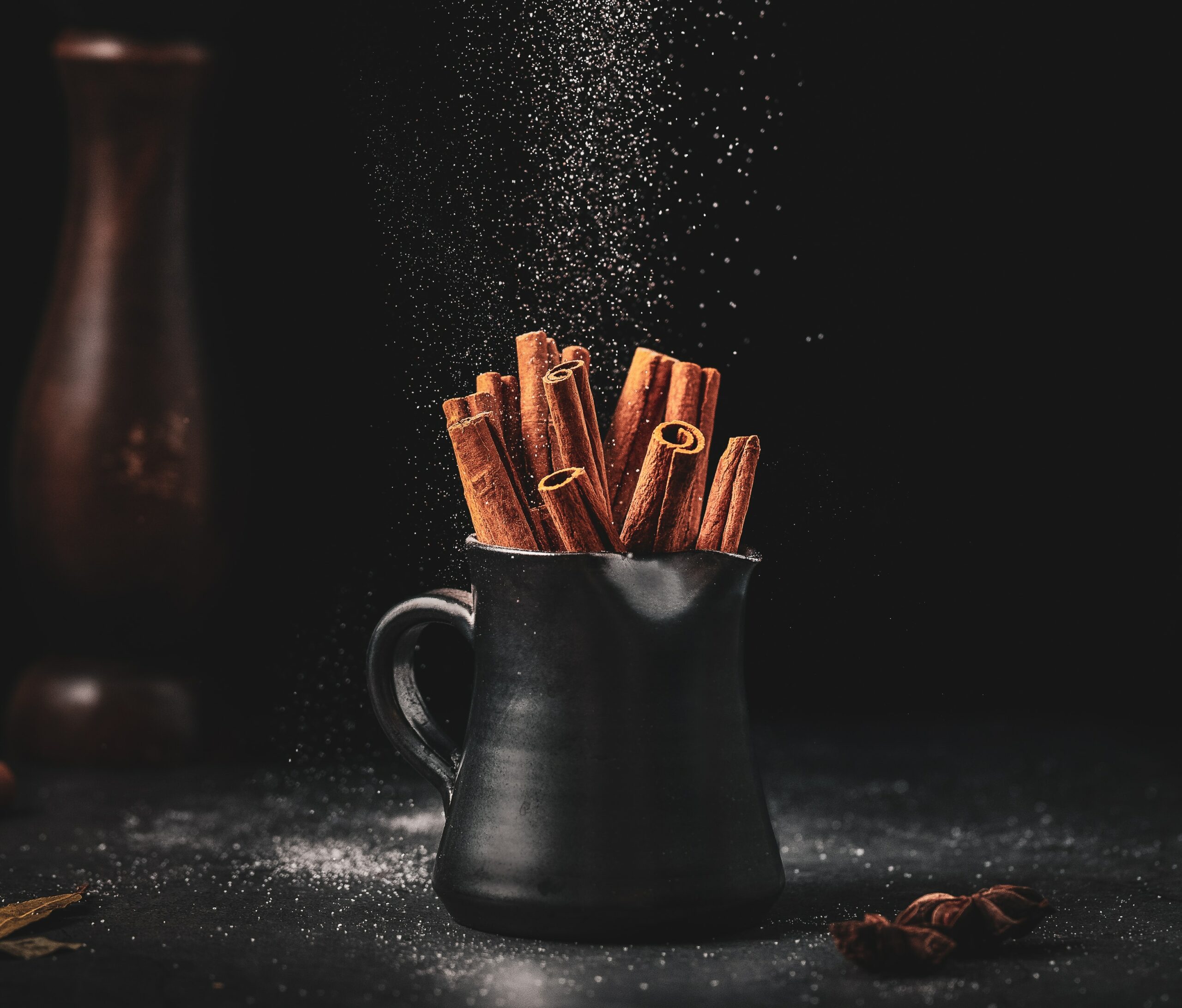
Mastering Food Shots: Food Photography Tips for Mouth-Watering Imagery
In Singapore’s dynamic F&B industry, food photography is more than an advantageous skill — it’s an essential marketing tool. The art is about capturing the essence of a dish in such a way that it not only looks delicious but also tells a compelling story. This guide dives deep into some food photography tips to help you make each shot a feast for the eyes.
Setting the Stage: The Foundations of Food Photography
Choosing the right camera and lens is fundamental. For food photography, a camera with a high dynamic range and a macro lens for close-ups is ideal, especially for product photoshoots entailing detailed work. The macro lens lets you capture intricate textures, from the icing on a cake to the grains of salt on a caramel tart.
Lighting can also make or break your food photoshoot. Natural lighting is often best, creating a soft, diffused look. However, in a studio setting, using artificial lights like softboxes can help highlight textures and colours. The key is to experiment with angles and intensity to avoid harsh shadows and bring out the best in your subject.
Props and backgrounds are equally important. They should complement the food without being distracting. A simple, neutral background and minimal, elegant props often work best to keep the focus on the food.
Composition and Styling: The Art of Arrangement
Mastering composition in food photography goes beyond randomly placing items in the frame. It’s about thoughtfully arranging elements to make the dish visually appealing. The rule of thirds is a helpful guideline, where the frame is divided into nine equal segments. By positioning the key elements of your dish along these lines (or at their intersections), you can draw attention to where it’s most wanted.
Colours and shapes are vital in adding vibrancy to your shots. A well-placed element of complementary colour, like a bright green basil leaf on a red tomato soup, can help make your dish pop and stand out. The shapes within your dish also play a role in the overall aesthetic. Different plate shapes can influence the mood of your photograph, with round plates often creating a more traditional feel and angular dishes adding a modern touch.
The art of styling also extends to setting the right scene for your food. It involves a careful selection of serving ware, garnishes, and background elements that collectively enhance the dish’s visual appeal. When photographing a salad, scattering a few ingredients around the plate can imply freshness and abundance. Incorporating different textures, such as a sprinkle of seeds or nuts, adds visual interest and suggests what the food might feel like to eat.
On the flip side, don’t overlook negative space — sometimes, less can be more. Allowing some empty space in your frame can help highlight the food, making it the true star of the show. Remember, the goal of styling is to make the food look its best while maintaining a sense of authenticity and approachability.
GradePixel’s Signature Approach: Crafting Culinary Masterpieces
At GradePixel, we approach food photography with a keen eye for detail and a passion for storytelling. Our recent collaboration with Four Seasons is a prime example. We began with an in-depth discussion with the client to understand their vision and style. This informed our choice of props, backgrounds, and the overall mood of the shoot.
Our team then meticulously set up the scene, considering every element from lighting to composition. We worked closely with food stylists to ensure each dish was presented at its best. Our photographers used a variety of techniques, from wide shots that capture the ambience to macro shots that highlight the textures of the food.
In post-production, we fine-tuned the images, adjusting colours, contrast, and sharpness to make each dish stand out. The result? A series of captivating images that tell elaborative stories behind each plate.
The Final Garnish: Why Professional Food Photography Matters

Through expertly crafted food shots, a brand can vividly communicate its essence, enticing and engaging its audience with every image.
GradePixel’s expertise in this arena, much like our fashion photography services, stands on a foundation of creativity and technical excellence. After all, we’re not just another photo studio in Singapore — we’re storytellers who use lenses to weave compelling tales.
So, if you’re looking to make your culinary creations pop, get in touch with us and let’s cook up some magic together!


